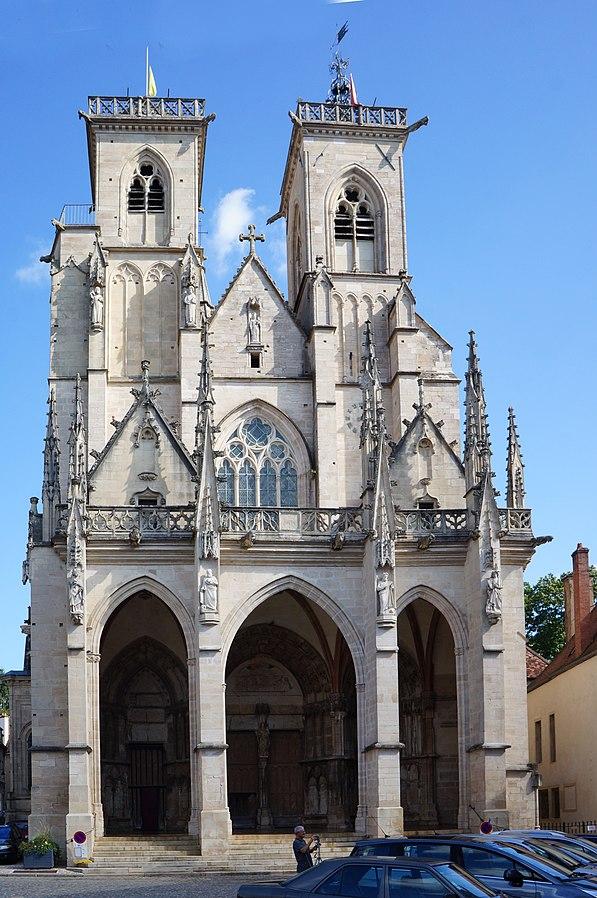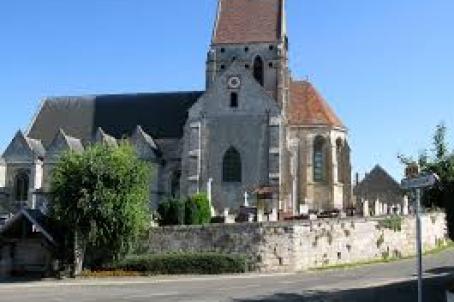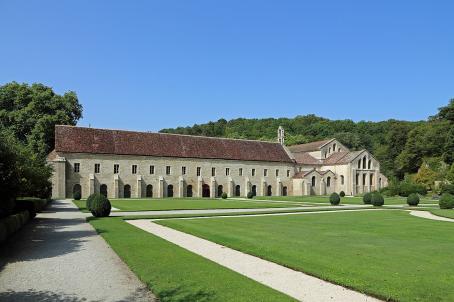Collegiate Church of Notre-Dame
Built in the 13th and 14th c., one of the most refined churches of the Burgundian Gothic style watches over the medieval town in the company of a whole grotesque little world hanging from its cornices. The porch with its flamboyant pinnacles, the radiating chapels of the apse and the reliefs of the tympanum of the Porte des Bleds are remarkable, as are the interior decoration, the furniture and the stained glass windows. The large classified organs date from the 18th century.
About this building
The facade, which looks out over the Place Notre-Dame, has two square towers, while the transept is topped by an octagonal bell tower, 58m high. Preceded by a vast three-portal porch dating from the 15th century, the nave, dating from the 13th and 14th centuries, surprises by its narrowness and its elevation. It comprises eight bays, the choir, of Benedictine type, comprising three. A triforium dominates the choir. It is adorned with numerous sculpted heads, representing the different characters of the 13th century society that turned at Semur. The choir stalls date from 1728. The central stained glass window represents the Assumption of the Virgin taken up to heaven by four angels.





